Every October, we slip into alter egos: the brooding vampire, the clever witch, the watchful ghost in the doorway. Scientists studying animal behavior see a similar cast, not in costumes, but in patterns of cognition, social life, and sensory superpowers. The fun twist is that these wildlife profiles can map surprisingly well onto the personalities we adopt for a night. Today’s research – from acoustic tracking to AI pattern recognition – lets us compare myth and biology without losing the mystery. The result is a more grounded, and frankly more thrilling, answer to a playful seasonal question.
The Hidden Clues
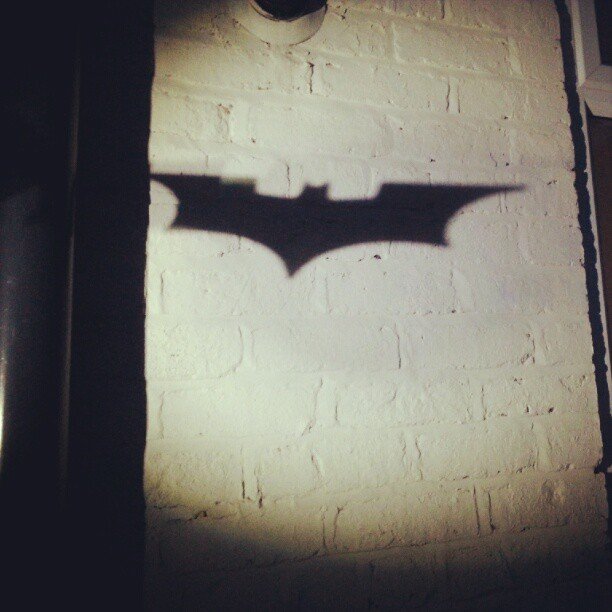
Here’s the hook: the personalities we perform on Halloween have analogs in the wild that are not just poetic, but measurable. Ethologists chart repeatable differences in boldness, problem‑solving, cooperation, and attention – traits that echo the archetypes we know. On a dusk walk last October, I watched a bat skim a pond like a hand tracing velvet, and it felt less like fear and more like witness to a precise, night‑born craft.
These are not one‑off impressions; they’re patterns that hold across individuals and seasons. When we ask which animal matches a “vampire” or a “witch,” we’re really asking about sensory strategies and social styles. That framing helps turn superstition into a testable story, which is exactly where science shines.
Vampires and Bats: The Night Networker
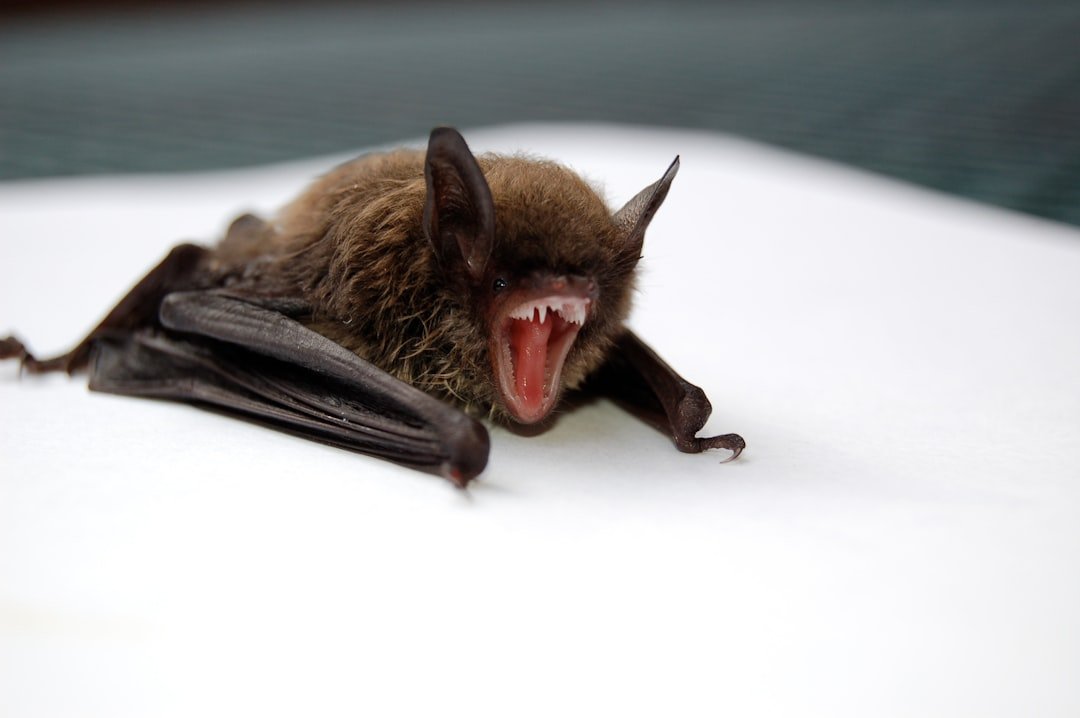
Forget the cape; think sonar and social math. Bats rule the dark by building a three‑dimensional map with sound, sending rapid pulses and reading the echoes to thread through branches and snag insects on the wing. In the lab and field, researchers find consistent differences in bat boldness and exploration, hinting at distinct “personalities” within a colony.
Vampire bats in particular complicate the stereotype by sharing food with roost‑mates that missed a meal, a real example of reciprocal aid over drama. Many bat species also pollinate night‑blooming plants – agave among them – making the night networker as vital to ecosystems as any pollinating butterfly by day. With bats representing roughly about one fifth of all mammal species, the vampire persona matches not a menace but a coalition builder of the night.
Witches and Ravens: The Strategist
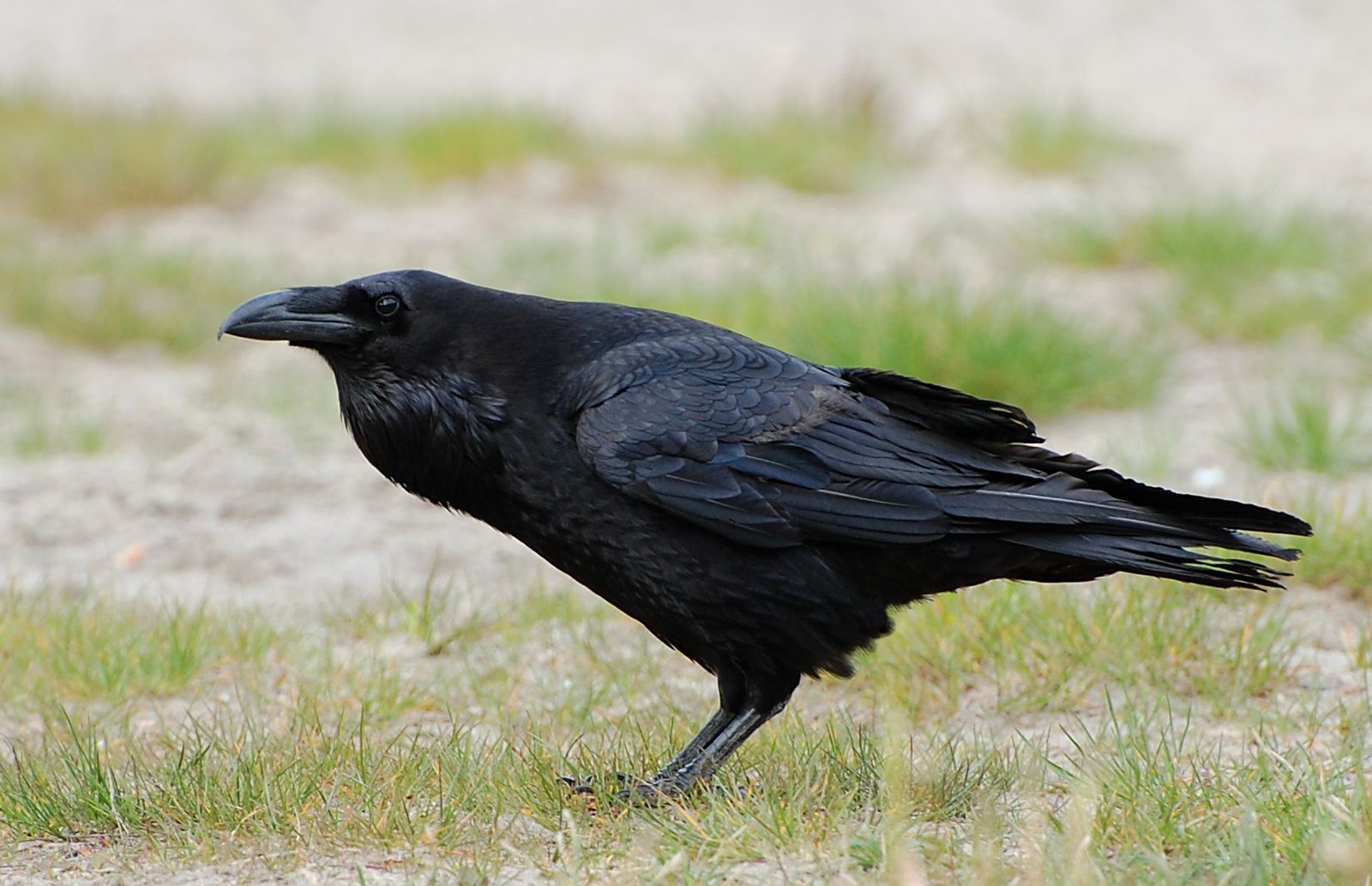
If the Halloween witch is the planner who stays three steps ahead, the raven is her field biologist. Corvids track who’s watching, re‑cache food to avoid theft, and improvise with objects in ways that look like invention rather than habit. Field studies show ravens remember relationships and play elaborate social games, suggesting a long memory that favors strategy.
Watch a raven surf a winter updraft or stash a shiny trinket and you’ll see mischief with a method. Their calls can recruit allies to a feast or warn rivals away, a kind of neighborhood watch with wings. The strategist fit isn’t just folklore; it maps onto a brain built for options and a life built on decisions.
Ghosts and Owls: The Silent Observer

Owls patrol the edges of our vision: present, but nearly soundless. Feather fringes on the leading edge of their wings break up airflow, smothering the whoosh that gives other birds away, and facial disks funnel tiny sounds to asymmetrical ears for pinpoint tracking. That acoustic precision allows a calm, ambush style that feels ghostly for good reason.
Their forward‑facing eyes deliver depth perception in low light, while neck flexibility – nearly three‑quarters of a full circle – keeps the head still and the gaze steady. In personality terms, the owl embodies focused patience rather than flair, a watcher more than a chaser. It’s the Halloween ghost as an engineer of quiet, not a scream in the attic.
From Ancient Lore to Modern Science
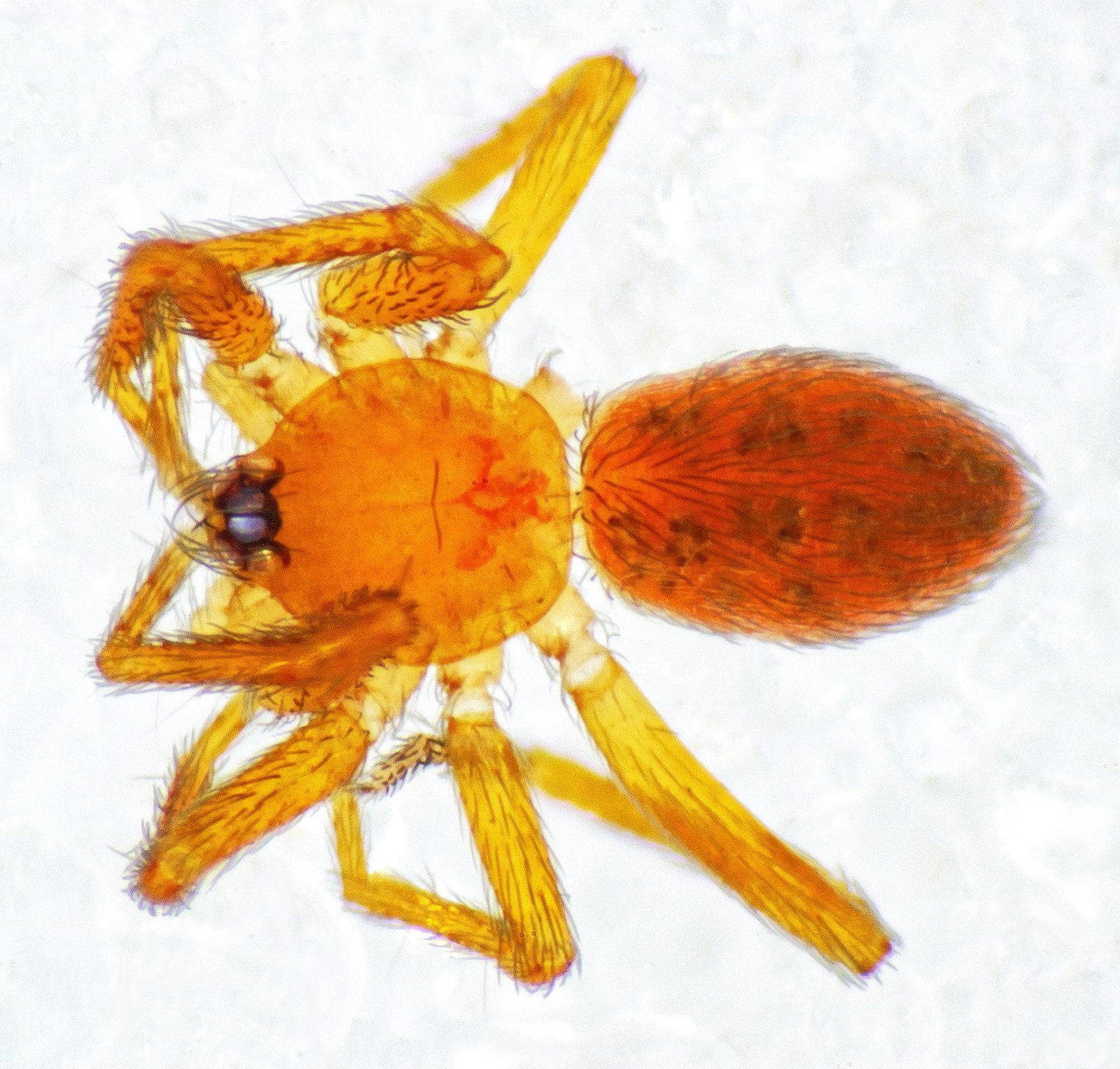
Our ancestors read animal meanings in the flicker of torchlight; today, we read them in datasets. Bioacoustic microphones trace bat traffic over city ponds, miniature GPS tags log raven detours, and low‑light cameras count owl wingbeats without a flash. Together, these tools turn folklore into testable hypotheses about attention, cooperation, and risk.
What’s changed is not our curiosity, but our resolution. Instead of guessing why a creature acts bold or shy, we can measure repeatable tendencies and link them to survival payoffs. The headline moves from rumor to result, and the story gets more interesting, not less.
Why It Matters
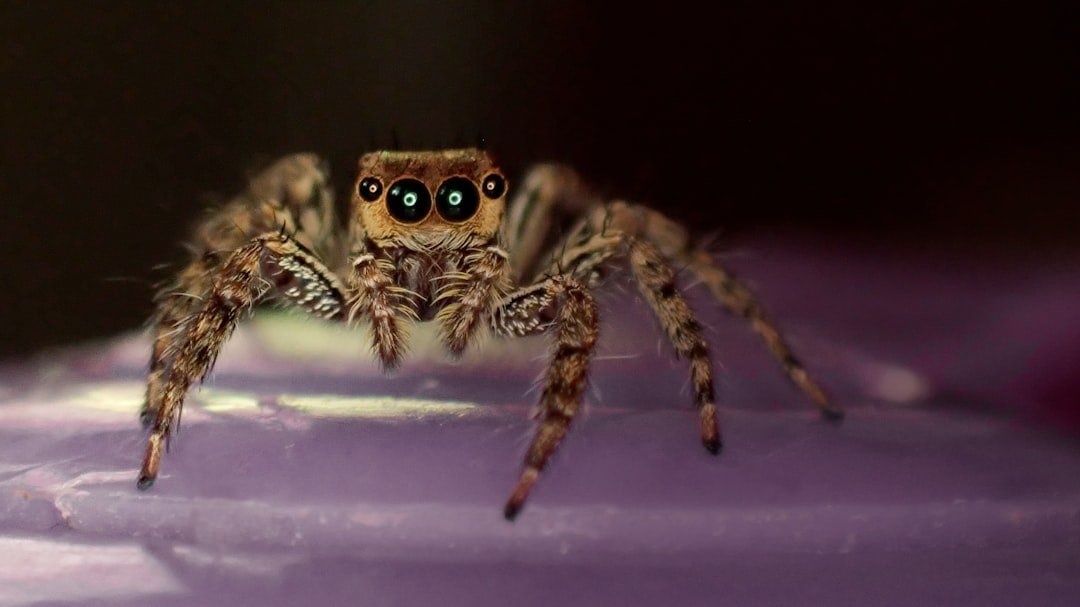
Matching Halloween personalities to animals is more than a parlor game; it’s a bridge from myth to measurable behavior. When people see the vampire as a bat that shares and pollinates, or the witch as a raven that strategizes, fear softens into fascination. That shift has consequences for urban planning, lighting policies, school curricula, and how we talk about wildlife at home.
- Public attitudes can change rapidly when stories highlight benefits, like bats reducing pests or owls controlling rodents at night.
- Comparing archetypes to traits makes behavior science relatable, which can boost community support for habitat corridors and dark‑sky practices.
- Reframing “creepy” species as essential workers helps counter harmful myths that still lead to needless persecution.
The Future Landscape
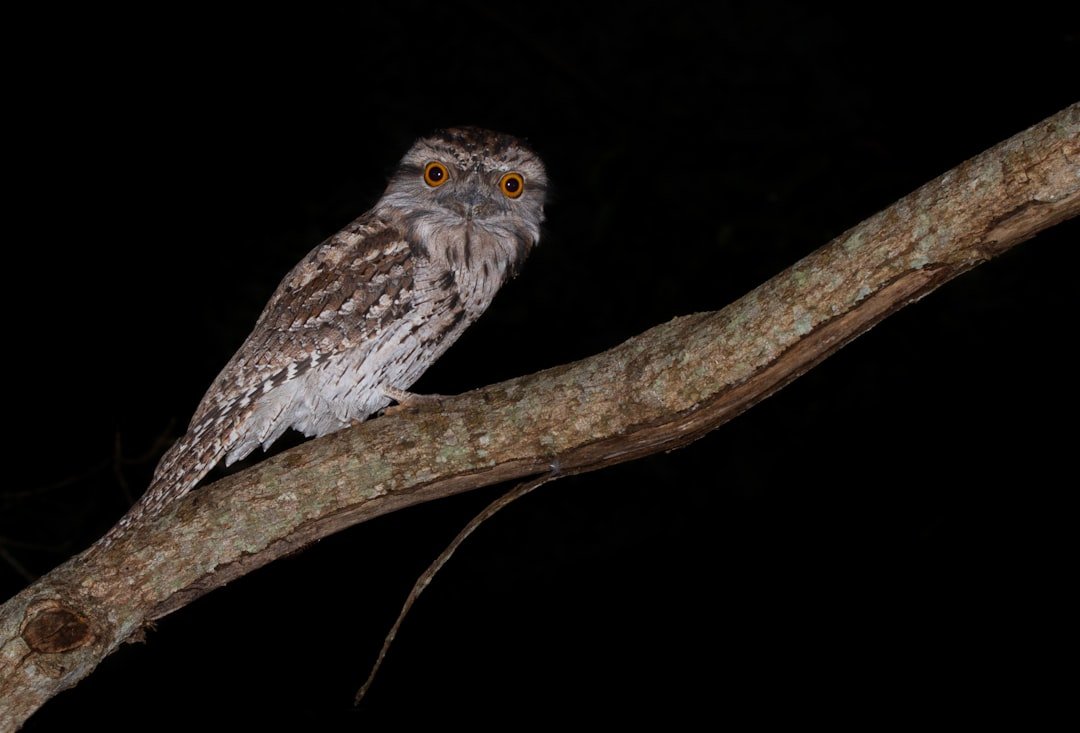
The next wave is about listening harder and seeing gentler. Machine‑learning systems are already parsing millions of night calls to map bat highways across suburbs, while thermal and multispectral cameras document owl hunts without blinding glare. Open telemetry networks are knitting together raven movements across seasons to reveal how food, weather, and human noise steer decisions.
But there are hurdles: light pollution scrambles nocturnal cues, habitat edges multiply as cities sprawl, and climate jolts the timing of blooms and migrations. The challenge is to pair new sensors with old‑fashioned humility, adjusting policies as data accumulates. If we do, our Halloween cast will still haunt the night – only now as neighbors we understand.
How to Join the Search
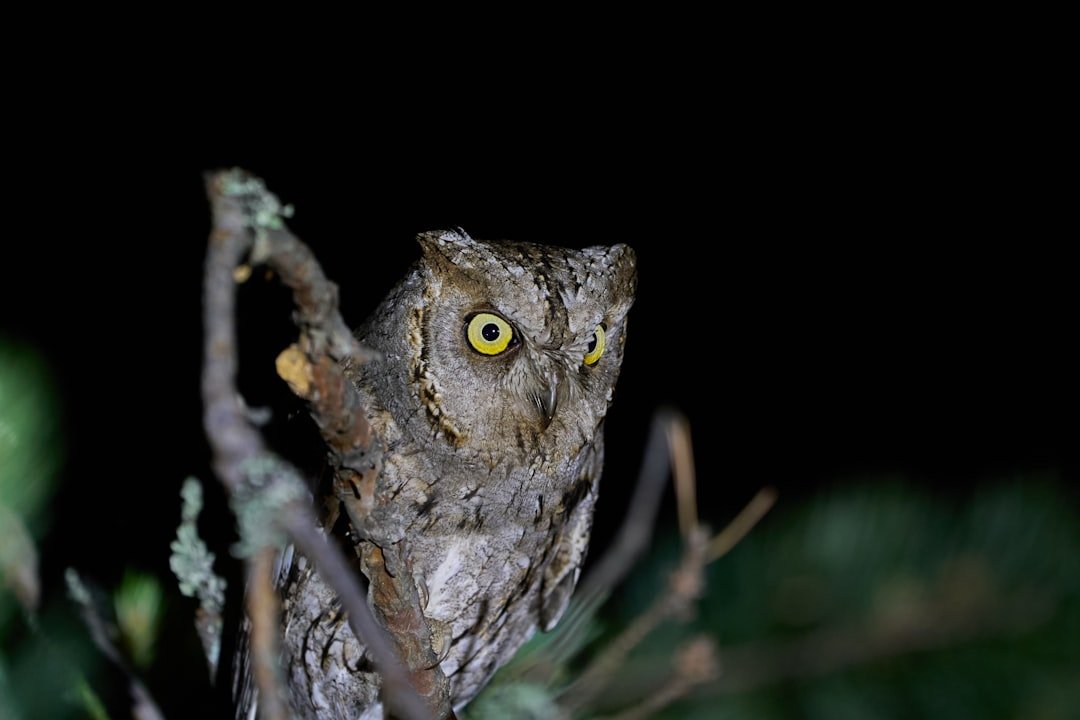
You don’t need a lab to read the night. Start with lights – use warmer bulbs, shield fixtures, and switch them off when you can, because darkness is a habitat, not a void. Plant native night‑bloomers and let a corner of the yard go a little wild to feed insects that feed bats and owls.
Bring curiosity outside: log observations with a local nature program, note when and where you hear bat clicks or owl calls, and share those patterns with community groups. Keep cats indoors at night to spare small wildlife, and support conservancies restoring riparian corridors where ravens and owls thrive. Pick a persona this Halloween, then step out and meet its wild counterpart – what matches you best tonight?

Suhail Ahmed is a passionate digital professional and nature enthusiast with over 8 years of experience in content strategy, SEO, web development, and digital operations. Alongside his freelance journey, Suhail actively contributes to nature and wildlife platforms like Discover Wildlife, where he channels his curiosity for the planet into engaging, educational storytelling.
With a strong background in managing digital ecosystems — from ecommerce stores and WordPress websites to social media and automation — Suhail merges technical precision with creative insight. His content reflects a rare balance: SEO-friendly yet deeply human, data-informed yet emotionally resonant.
Driven by a love for discovery and storytelling, Suhail believes in using digital platforms to amplify causes that matter — especially those protecting Earth’s biodiversity and inspiring sustainable living. Whether he’s managing online projects or crafting wildlife content, his goal remains the same: to inform, inspire, and leave a positive digital footprint.




